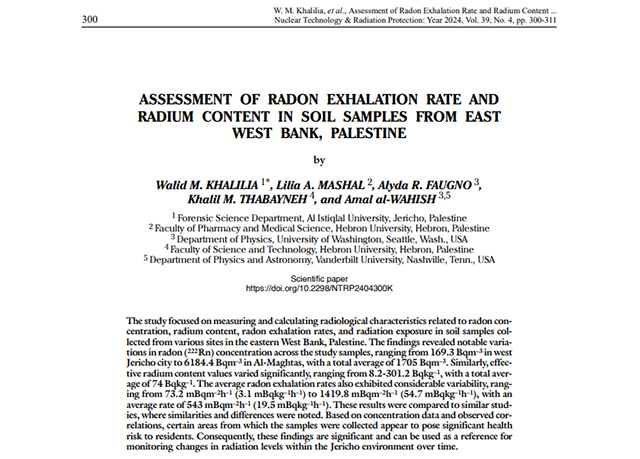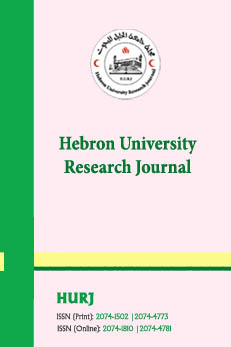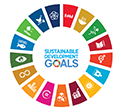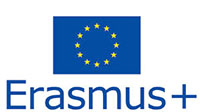News Archive
HU Joins Palestinian and US Universities in Groundbreaking Study on West Bank Radioactive Soil Contamination

A team of researchers from Hebron University, in collaboration with Al-Istiqlal University, Washington University, and Vanderbilt University, has published a significant Scopus-indexed study titled "Assessment of Radon Exhalation Rate and Radium Content in Soil Samples from East West Bank, Palestine" in the journal Nuclear Technology and Radiation Protection. The study analyzed 85 soil samples collected from various locations across Jericho and the Jordan Valley, revealing concerning levels of radioactive contamination.
The research focused on measuring concentrations of radon gas and radium content, as well as calculating radiation emission rates and effective radiation doses. Findings indicated that most soil samples contained radon levels exceeding safety thresholds set by global health and environmental agencies, including the WHO, the U.S. EPA, and the UNSCEAR. These elevated radiation levels pose potential health risks, particularly in agricultural areas where soil contamination could affect local communities.
The study also noted significant variations in radioactive concentrations across different soil samples. High levels of uranium and phosphate-based fertilizers were identified as key contributors to increased radon and radium emissions. Researchers attributed these variations to factors such as soil moisture, proximity to the Dead Sea, and the presence of iron hydroxides and oxides. In contrast, lower radiation levels were found in sandy soil compositions.
Dr. Khalil Dhabain and Dr. Lilia Mishal from Hebron University emphasized the study’s importance in establishing a foundational database for monitoring natural radioactivity in Palestinian soil. The findings could serve as a critical reference for future environmental assessments and radiation protection policies.
The full study is available for review on:





